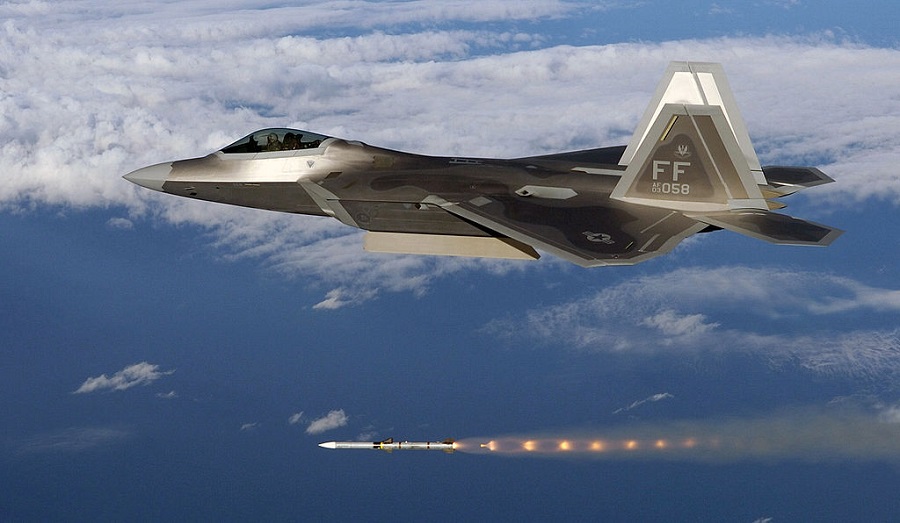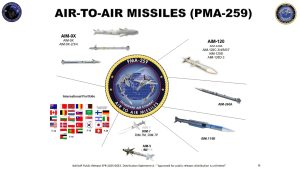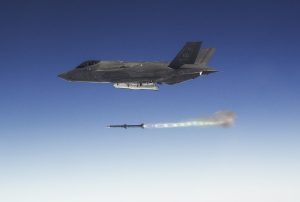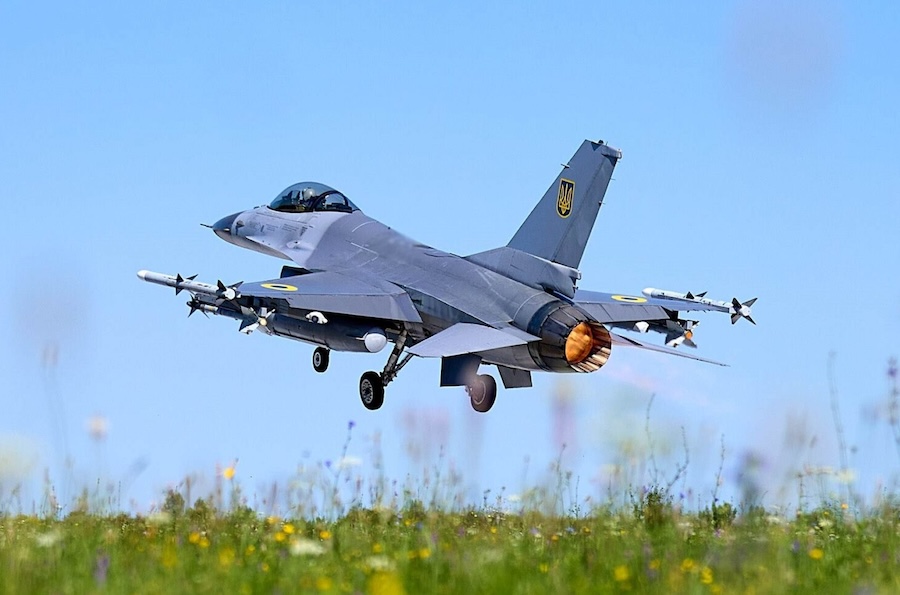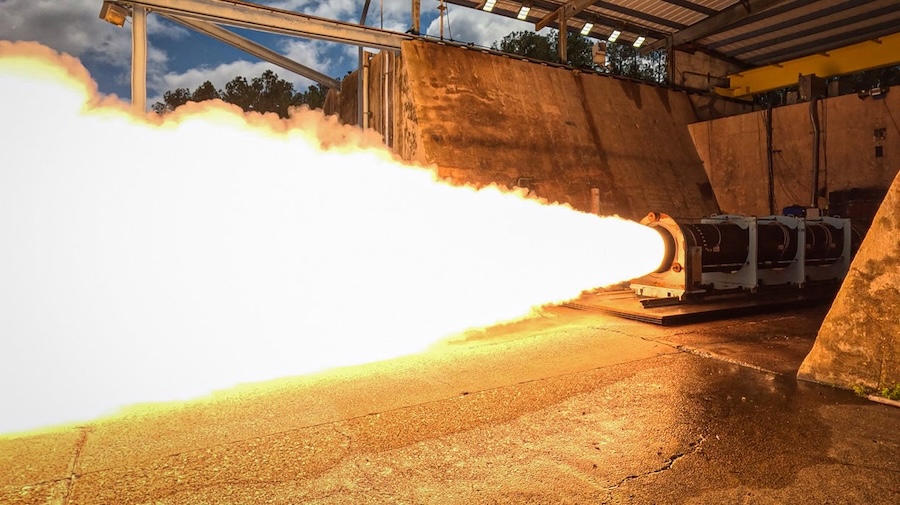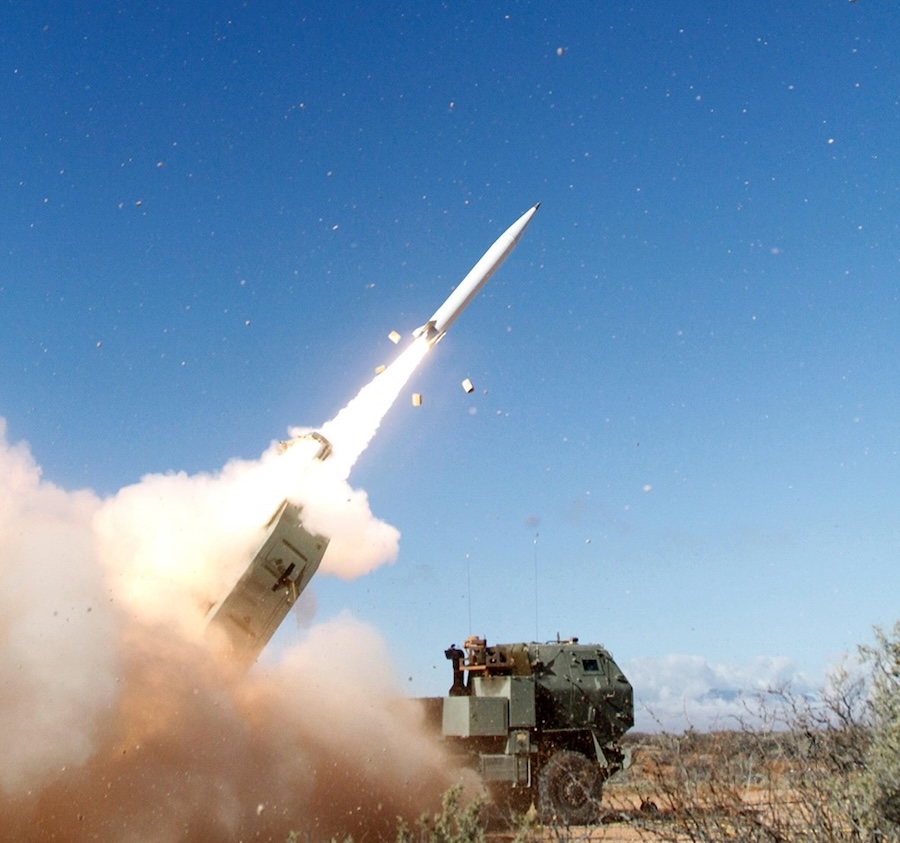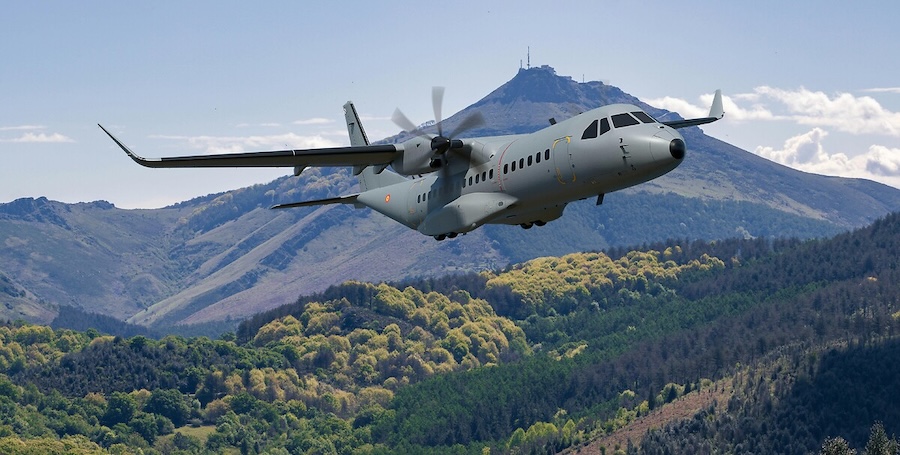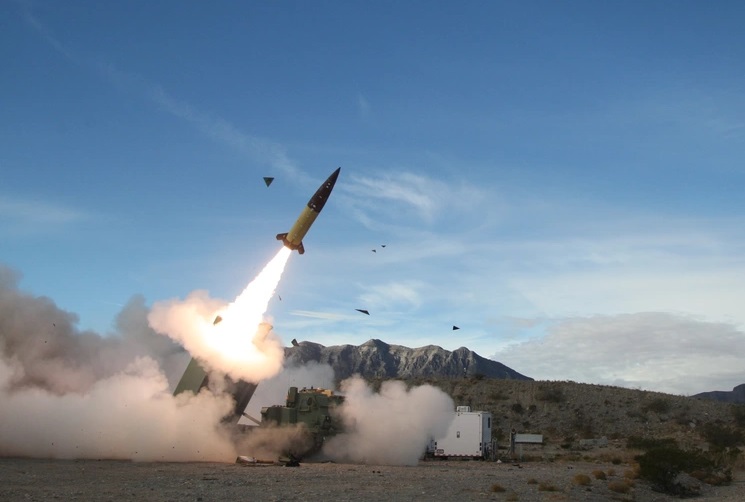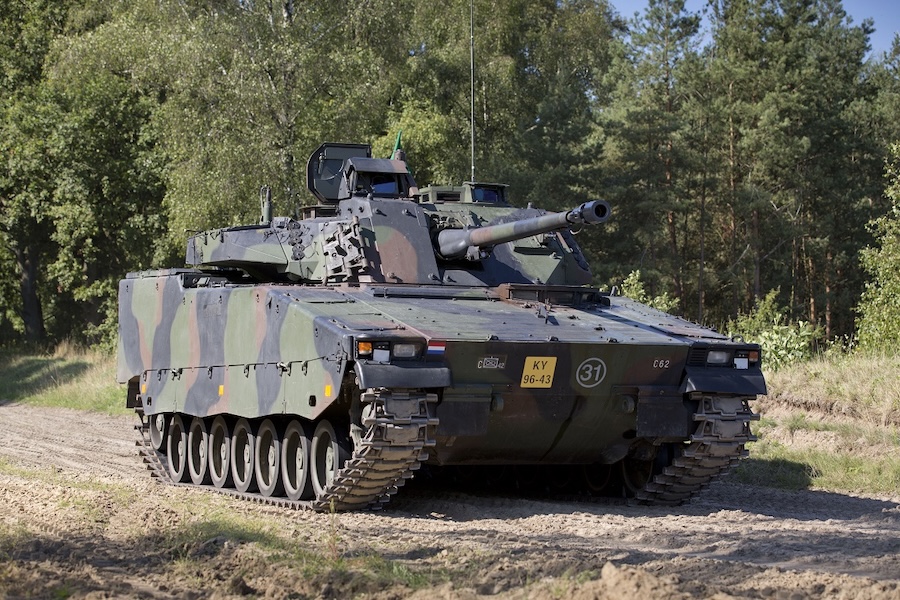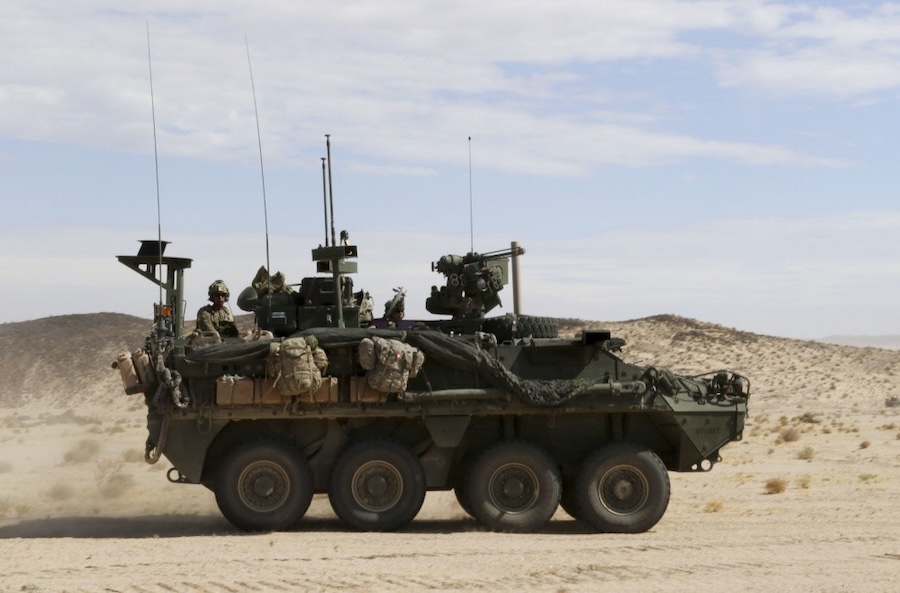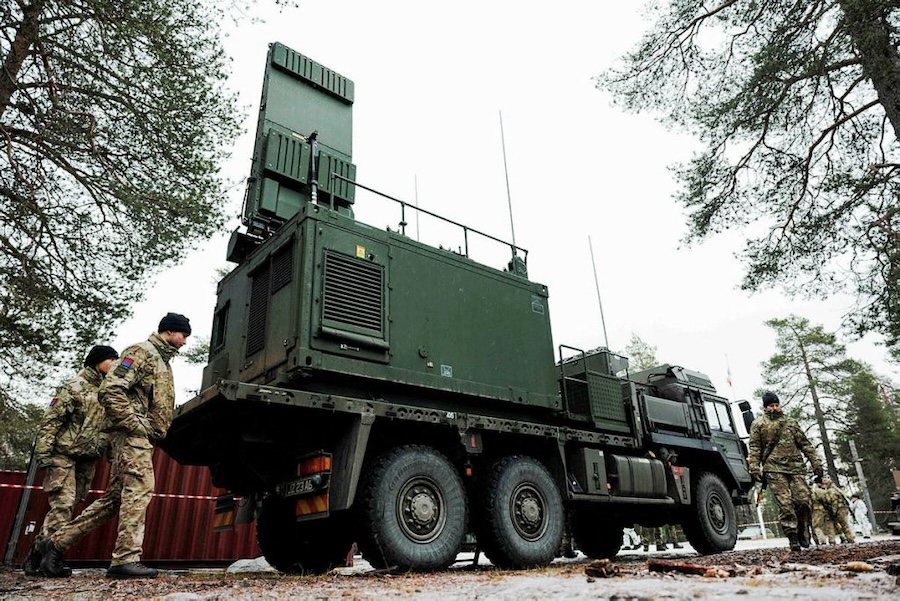The two service branches have asked for nearly $1 billion for fiscal 2026, which begins October 1, to start producing the classified missile, according to budget documents and a service statement. The Air Force requested $368 million for first-time production, plus $300 million on its annual “Unfunded Priorities List,” while the Navy asked for $301 million.
Analysts at Melius Research said in 2024 the AIM-260 could become a $30 billion program depending on quantities produced. The missile is seen as crucial for Lockheed Martin, which recently reported $1.6 billion in charges and a possible $4.6 billion tax accounting liability.
“Profitable growth at MFC is extremely important for Lockheed Martin,” Melius analyst Scott Mikus said of the company’s missiles and fire control division. “It is Lockheed’s highest-margin segment and should be its fastest-growing segment due to the strong domestic and international demand.”
“The key will be can they limit or avoid future charges on the classified missile programme, which is believed to be the AIM-260,” he added. Lockheed has lost out on several recent contracts, including the stealthy F-47 fighter jet to Boeing, making the program more critical to its long-term strategy.
The Air Force declined to explain what developments gave it confidence to move into production but said, “Our potential adversaries have witnessed our ability to provide air superiority, and US competitors have evolved in response. An air-to-air missile capable of defeating advanced threat systems is essential to maintaining US air superiority.”
The AIM-260 will eventually replace the AIM-120 Amraam, in service since 1993, and will exceed its range of about 160km. The Air Force said the new weapon “will have increased range over existing air-to-air weapons and will be effective in a variety of threat scenarios.”
China has fielded advanced long-range missiles, including the PL-15 and the newer PL-17, which the Pentagon said in 2024 could strike targets from 400km. Pakistan’s use of PL-15 missiles to shoot down Indian aircraft at ranges over 160km has highlighted the strategic importance of such systems.
The AIM-260 is designed to fit inside the weapons bays of F-22 and F-35 fighters and will also be integrated with F-16 and F-15 jets. Former Air Force Chief of Staff General Charles Brown told a Senate panel in 2023 the missile could also be deployed on the service’s new unmanned Collaborative Combat Aircraft.
Over the past 15 years, the Air Force, Navy and DARPA have spent more than $350 million on rocket motors, warheads and technology advances in propulsion, networking, guidance, and thermal management. Lockheed Martin first received the classified development contract in August 2017, but the Air Force has not said when the missile will be operational.
The service said each branch will use “specific criteria” to decide when the AIM-260 is ready for deployment. Production contract details, including whether Lockheed will share cost overruns, remain undisclosed.
Source: Bloomberg.




